Assessing the Legacy of Lewis and Clark
by Clay S. Jenkinson
The author proposes a few metaphors for the Lewis and Clark story, not in any definitive way, but merely to help us all think about the legacy of the expedition.

The author proposes a few metaphors for the Lewis and Clark story, not in any definitive way, but merely to help us all think about the legacy of the expedition.
Tough times at the Bad
by James P. Ronda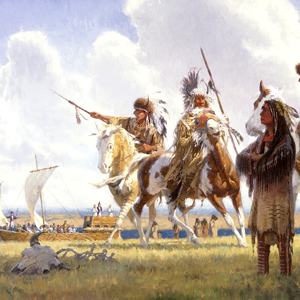
Ignorant of plains politics, Lewis and Clark barely averted disaster in their encounter with Black Buffalo’s people—an article by James P. Ronda from a keynote address to the Lewis and Clark Trail Heritage Foundation, Pierre, South Dakota, August 2002.
Another corporeal Lolo
by Joseph A. Mussulman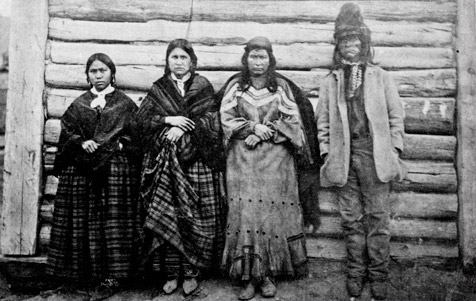
He spent most of his 70 years at Fort Kamloops in British Columbia and is not known to have traveled as far south as today’s Lolo, Montana.
Much Remembered
by Joseph A. Mussulman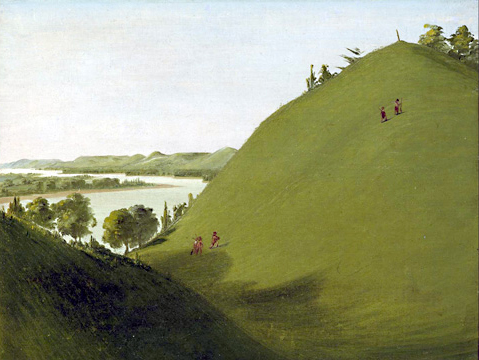
Floyd’s grave became a conspicuous point and a historic shrine on the Lewis and Clark trail almost immediately after the expedition was over. The American artist George Catlin painted Floyd’s Bluff in 1832, with the original cedar marker still in place.
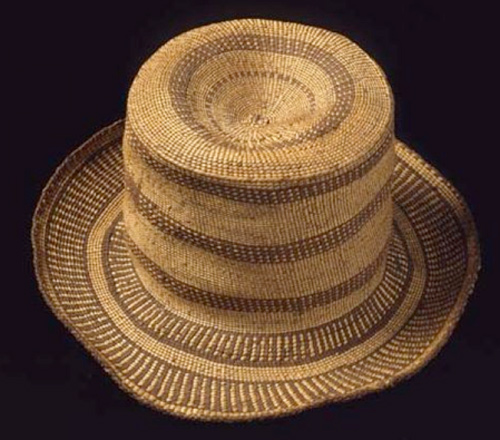
Today five hats at the Peabody Museum of Archaeology and Ethnology (PMAE) at Harvard University have a provenance that potentially associates them with the Lewis and Clark expedition. These hats represent an extensive network of trade.
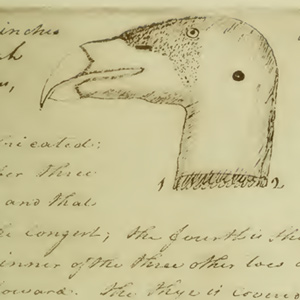
As you find each one and try to check each identifying clue, you cannot help but know much of the same challenge, the same success—or frustrations—that kept Lewis and Clark birdwatchers to the end.
No trade ships at the Columbia
by Arlen J. Large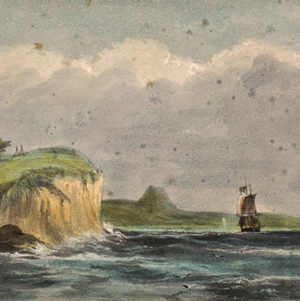
“the Ocian is imedeately in front and gives us an extensive view of it from Cape disapointment to Point addams,” reported William Clark on 15 November 1805. But he saw no ships at anchor. Nothing.
A role model for Lewis and Clark
by Arlen J. Large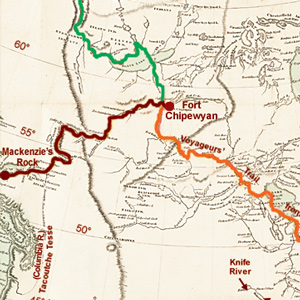
He was the first literate traveler to cross the North American continent north of Mexico, beating Meriwether Lewis and William Clark by nearly 12 years. The Lewis and Clark journals often echo Mackenzie’s journal.
Wheeler's inquiries
by Joseph A. Mussulman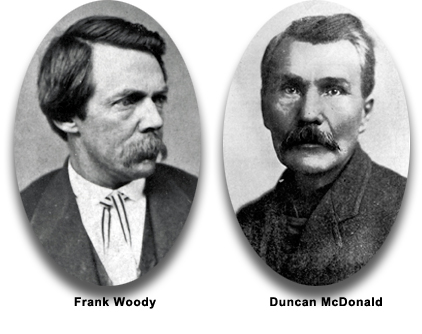
Around 1900, Olin D. Wheeler, initiated an inquiry into the source and meaning of the name Lolo. He secured the aid of Judge Frank Woody of Missoula, who in turn discussed the matter with some other “old-timers.”
Thompson, Ashley, and Work
by Joseph A. Mussulman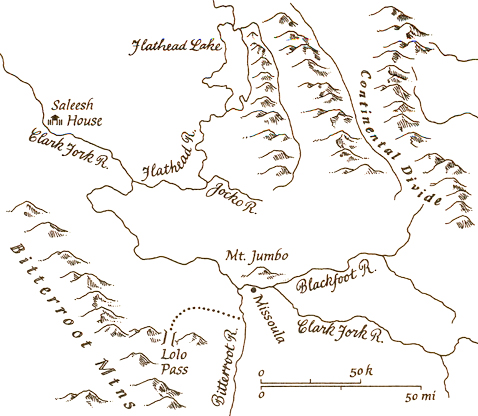
The first written record of a man named Lolo appeared in the field notes of David Thompson while at today’s Kettle Falls on the Columbia River. Fifteen years later, trader John Ashley mentions a “Mr. Lolo.”
Valeriana edulis
by Joseph A. Mussulman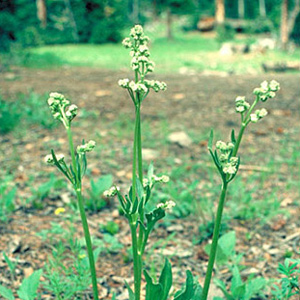
One of the roots obtained by George Drouillard on 21 August 1805 may have been a species of valerian (vuh-LEHR-ee-an), such as Valeriana edulis (vuh-leh-ree-AYE-nuh ed-YOU-lis), or edible valerian.
A cartographic palimpsest
by Joseph A. Mussulman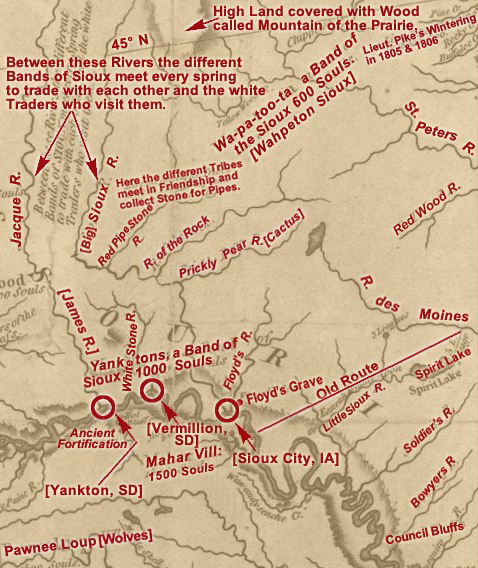
The historic Map of Lewis and Clark’s Track Across the Western Portion of North America can fruitfully serve as a major palimpsest of American history as of the year in which it was created, 1810.
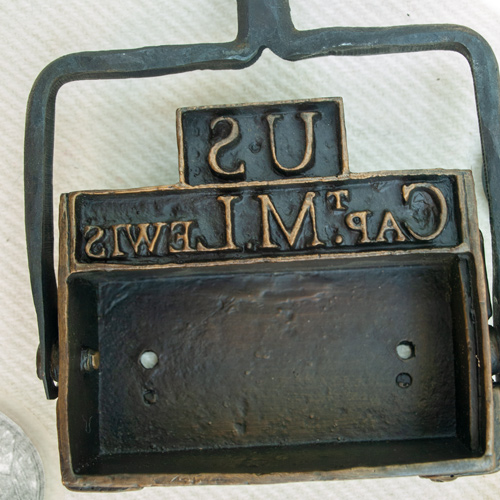
Lewis may have had this branding iron custom-made before he left the East, perhaps at Harpers Ferry, although there is no mention of it in existing records. Such tools commonly were used for marking wooden packing crates and barrels, and on leather bags, until the early 20th century.
Cypripedium montanum
by Joseph A. Mussulman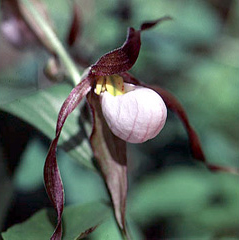
Above Montana’s Lolo Creek, Lewis noticed a flower: “in shape and appearance like ours”—in Virginia, of course—”only that the corolla is white, marked with small veigns of pale red longitudinally on the inner side.”
Lewis's rafting adventure
by Joseph A. Mussulman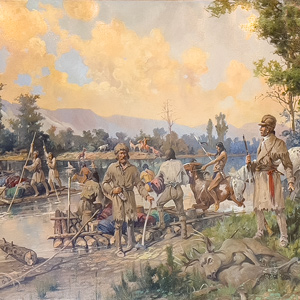
With every crossing they unavoidably drifted farther downstream. Lewis recounted the climactic rafting episode of the day.
Populus tremuloides
by Mark Behan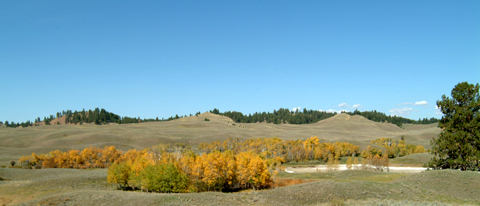
More than a year into the expedition, Lewis recognized a tree native to New England in the middle of Montana. The generic name, Populus is Latin for Aspen.
Shelter on the trail
by Robert R. Hunt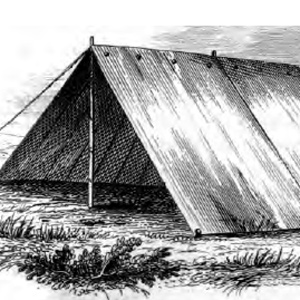
While in Philadelphia in the summer of 1803, Lewis clearly had foreseen the rigors of weather which would be encountered on a planned two year “campaign.” He carefully provided, as any military commander would, for appropriate protection for his soldiers.
Spermophilus columbianus
by Joseph A. Mussulman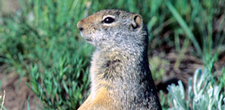
Labiche brought a specimen into Long Camp on the Clearwater River and four days later, Meriwether Lewis penned one of his longest and most meticulous descriptions of any small mammal.
Maclura pomifera
by James L. Reveal, Joseph A. Mussulman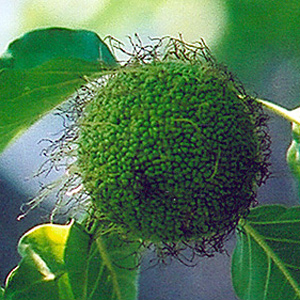
Its oak-strong, hickory-tough wood made powerful, reliable hunting bows. Early French explorers and traders translated its Indian name into bois d’arc,–”wood for a bow,” which was easily anglicized into “bodark.”
Awakening the Bear
by Castle McLaughlin
The Lewis and Clark’s bear claw necklace, recently ‘rediscovered’, is described and analyzed and suggests some of the many meanings and provocations related to it.